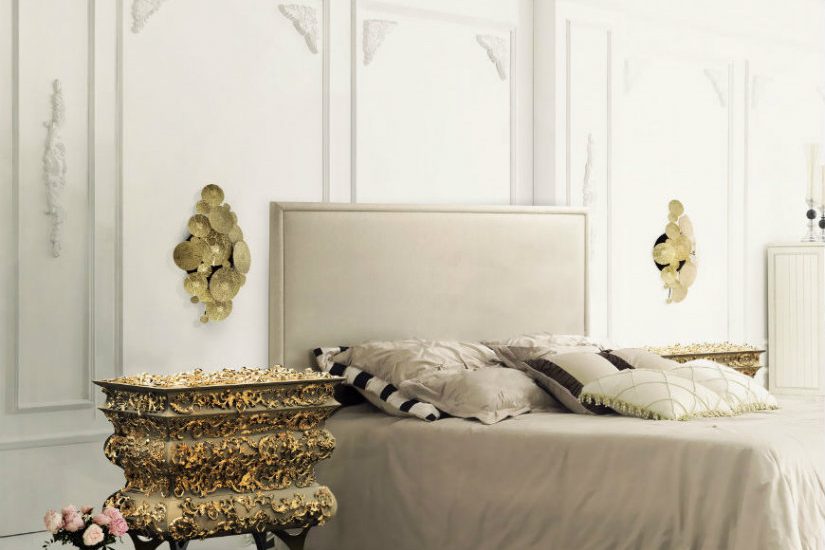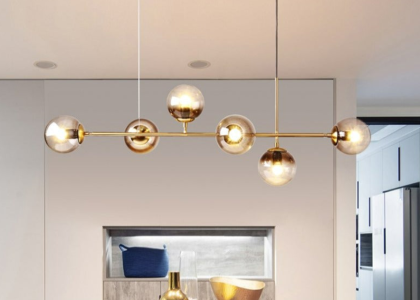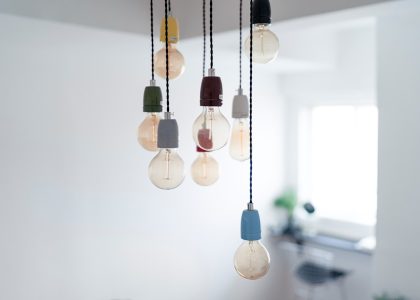Introduction
Japandi Green is a design trend that combines the simplicity and functionality of Scandinavian design with the elegance and reverence for nature of Japanese design. This trend has gained popularity in recent years as people are becoming more aware of the environmental impact of their choices.
The Origins of Japandi Design
The design philosophy behind Japandi is rooted in the principles of wabi-sabi from Japanese design and hygge from Scandinavian design. Wabi-sabi is the art of finding beauty in imperfection and impermanence. Hygge, on the other hand, is the Danish concept of coziness and contentment.
Japandi design focuses on the use of natural materials, simple lines, muted colors, and a minimalist aesthetic. The trend emphasizes the value of functionality and sustainability, which aligns with the growing concern for environmental protection and minimalism.
Environmental Benefits of Japandi Green
One of the primary benefits of Japandi Green is its emphasis on using sustainable and natural materials. This approach minimizes the impact of the production process on the environment.
Japandi design also promotes a more mindful and intentional approach to consumption. It encourages people to invest in high-quality, timeless pieces instead of purchasing new items frequently. This reduces the amount of waste that typically comes with fast fashion and disposable home decor.
The Impact of Japandi Green on the Home
Japandi Green is a great design trend for those looking to incorporate more eco-friendly and sustainable elements into their home. This trend encourages the use of natural materials like wood, bamboo, and ceramic which have a lower environmental impact than synthetic materials like plastic and metal.
Japandi design also values simplicity and minimalism. This translates to a reduced need for storage space and less clutter. This, in turn, reduces the amount of energy required to organize and maintain the home.
The Impact of Japandi Green on Fashion
The Japandi Green trend is not only applicable to home decor but also to fashion. It promotes a more sustainable approach to consuming clothing and accessories. Instead of constantly buying new pieces, this trend encourages investing in high-quality, timeless pieces that can be worn for years to come.
This approach also emphasizes the use of natural and sustainable materials like cotton, linen, and hemp. These materials have a lower environmental impact than synthetic materials like polyester and nylon.
Examples of Japandi Green Design
Japandi Green can be seen in a variety of design elements, from home decor to fashion. Here are some examples of Japandi Green design:
Home Decor
– A minimalist living room with a neutral color palette, natural wood accents, and a woven rug
– A kitchen with matte black appliances, white subway tiles, and bamboo utensils
– A bedroom with a simple platform bed, a linen duvet cover, and a wooden nightstand
Fashion
– A pair of neutral-toned linen pants and a white cotton blouse
– A beige trench coat made of organic cotton and recycled polyester
– A pair of bamboo sunglasses with a minimalist design





